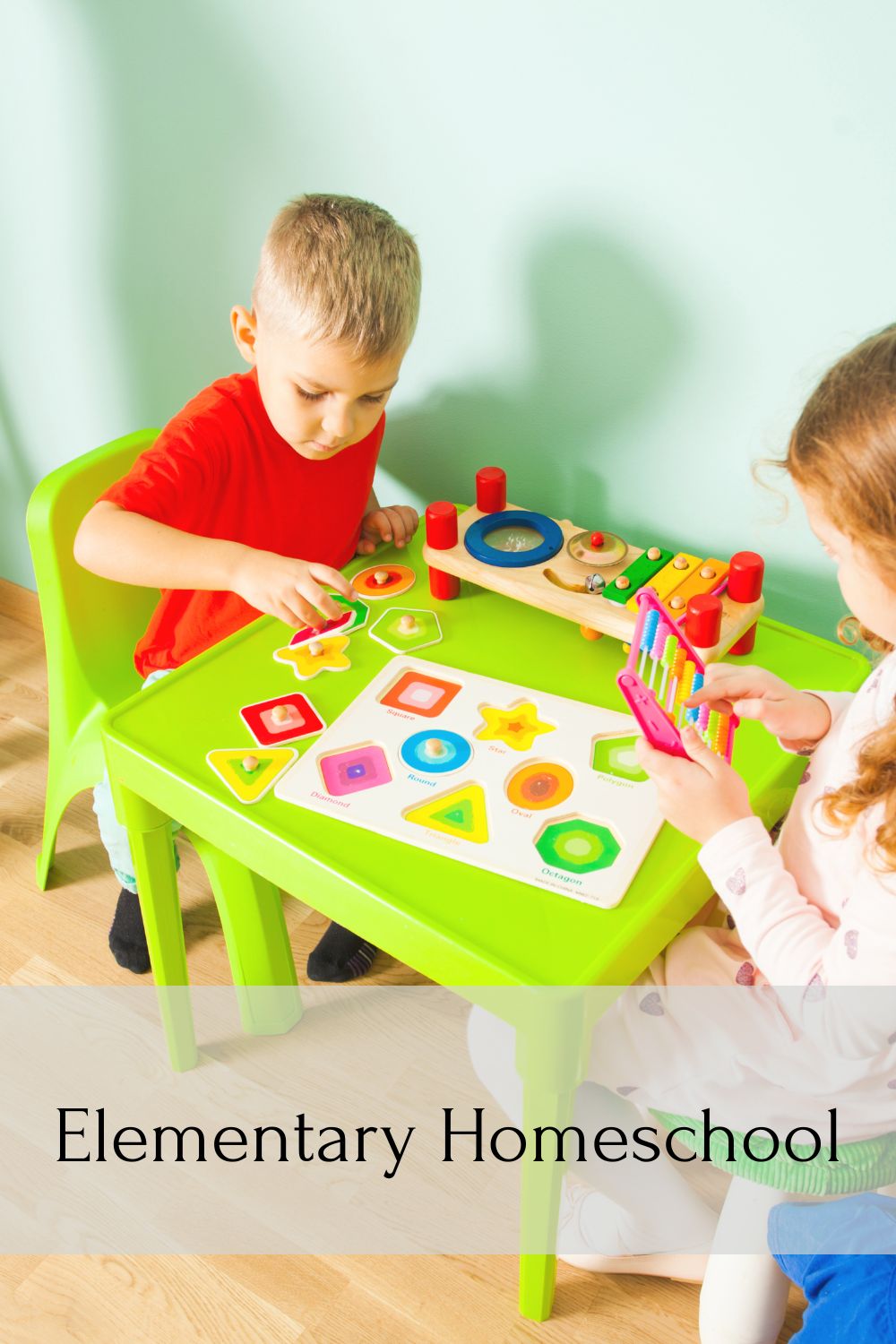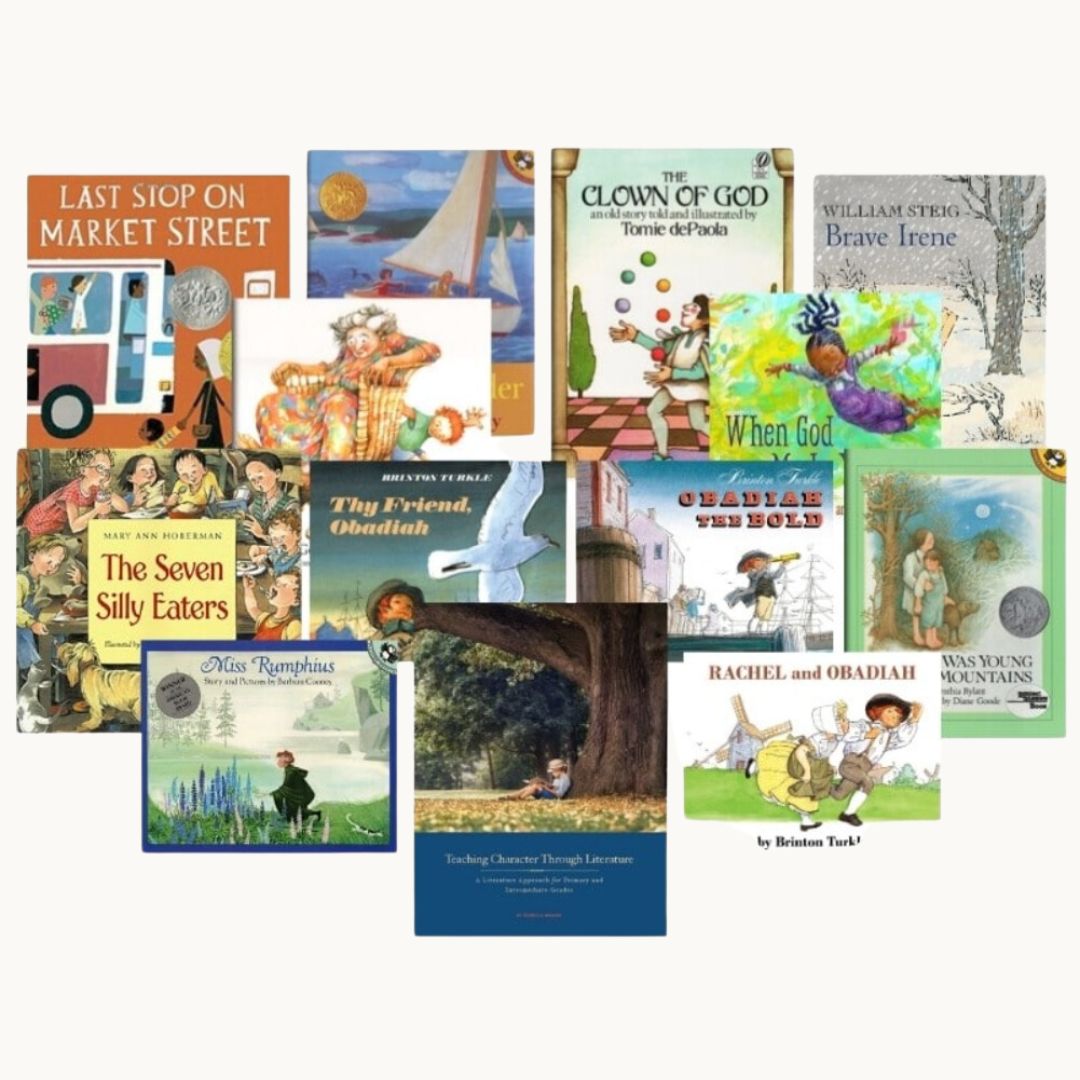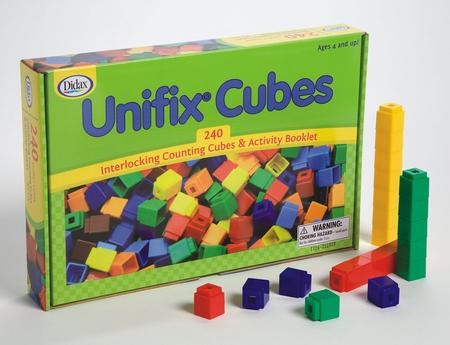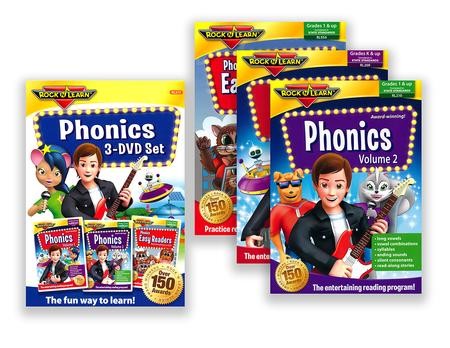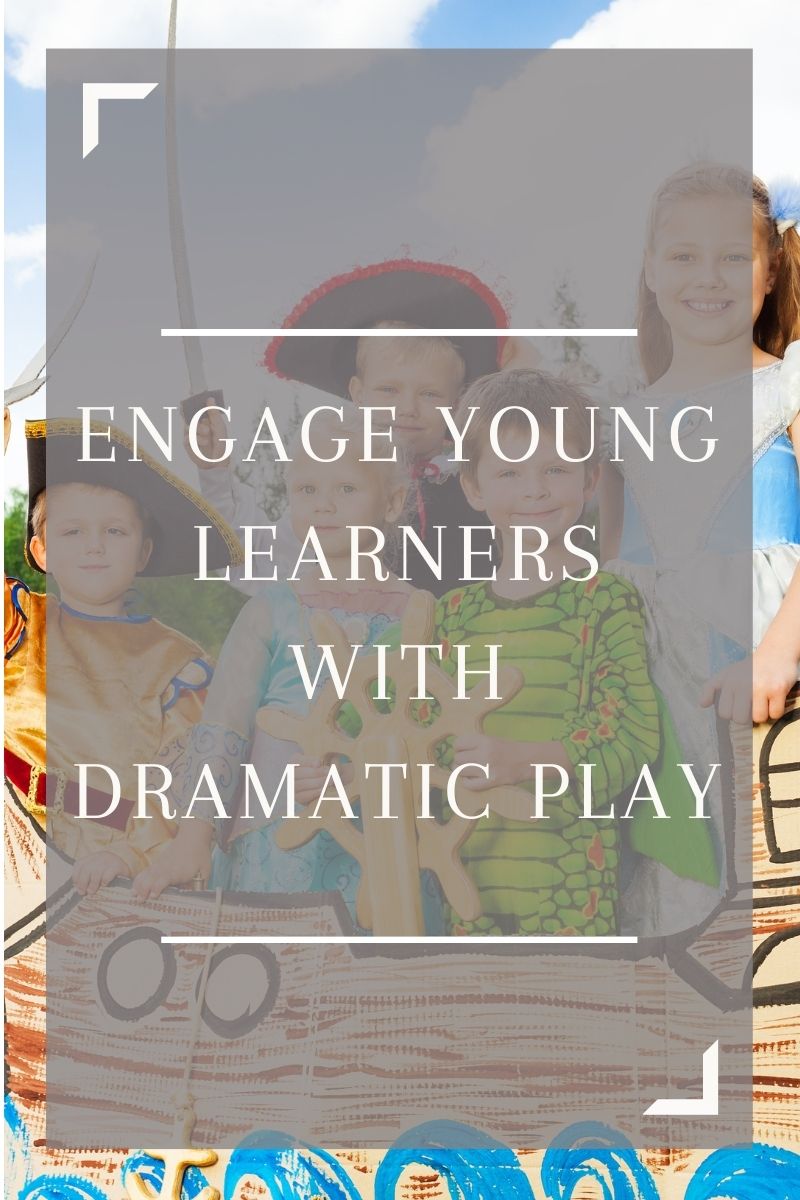This post is all about elementary homeschool years.
The early years of homeschooling are the best years. Aside from teaching kids to read, in a way it feels like the pressure is off for elementary homeschool.
Early elementary homeschool was my favorite time to homeschool my two boys. I found that these are the best years to get in the most fun learning experiences.
In this post you will learn how to make your elementary homeschool experience the most fun and rewarding! Here are six dynamic ideas to get you started with enriching your elementary homeschool.
This post is all about elementary homeschool ideas every homeschool mom should know about.
This post contains affiliate links and My Homeschool with a View, LLC participates in the Amazon Associates program. If you make a qualifying purchase through our links, we earn a commission at no additional cost to you . Thank you for supporting this site! You can read my affiliate and advertising disclosure here.
Homeschooling Elementary Curriculum
Teach With Picture Books
Beyond just being fun to read to our kids, picture books open up many opportunities to teach content subjects while homeschooling the early years. You can cover picture study, handwriting, recitation, science, geography, history and so much more by reading picture books and developing ideas from those stories.
I even taught a co-op STEM class centered around solving problems in stories and fairy tales. The class was such a big hit that I had a waiting list for the class. Kids love out of the box learning!
My youngest loved learning about Maine as we read A Time of Wonder, and I believe this book sparked his love of geography. That love has progressed into having the entire world map memorized, and he still asks if we can take a trip to Maine.
My oldest developed a love for reading and language through picture books, and to this day I can’t keep up with the amount of books he consumes.
How to Homeschool Elementary
Incorporate Hands-On Learning
Young children learn best when they can touch, feel, and interact with their lessons. Incorporate hands-on activities such as making salt dough, painting, or getting in the kitchen and doing simple cooking to make learning come alive. Whether it’s learning shapes with playdough or conducting simple science experiments, hands-on activities capture their attention and make learning memorable.
Another aspect of hands-on learning that needs a mention is math manipulatives. Even if the curriculum you use doesn’t direct you to use manipulatives, try it anyway. Things like unifix cubes, base ten blocks, and place value mats make math not only easy to understand, but it’s more enjoyable too.
And don’t worry about kids becoming dependent on manipulatives. If that is what it takes for them to understand math, then let them keep using them. We are all unique and have different learning styles, so there is no need to force our kids to learn by an arbitrary standard that someone sets.
Utilize Technology for Homeschooling Elementary
I am almost afraid to put this one in here, but we need to acknowledge that we live in a digital age. There’s definitely no shortage of educational games and apps designed specifically for young learners. From interactive alphabet games to math puzzles, these resources offer a fun and engaging way to practice key concepts.
I utilized YouTube videos for my youngest while I taught my oldest. He learned all of the alphabet sounds from the most annoying song in the world. I still cringe when I think of this song. But the pre-reading skills he learned from that dumb song made him a quick study when it was time to learn to read.
While it is good to approach technology with a healthy sense of caution, it has its place. I don’t think utilizing some technology in homeschooling is truly harmful.
Take Homeschooling Outdoors
Nature study provides a rich and stimulating environment for young learners to explore. Take your lessons outdoors whenever possible and incorporate nature walks, scavenger hunts, or outdoor art projects into your homeschool routine. Not only does outdoor learning promote physical activity and sensory exploration, but it also fosters a deep connection with the natural world.
Homeschool Elementary with Story Telling and Dramatic Play
This is a great way to get kids to buy-in to their learning. Children have a natural affinity for storytelling and imaginative play. Develop re-writing skills by incorporating storytelling sessions, puppet shows, or dramatic play activities into your homeschool day. Encourage your child to act out scenes from what they learned or create their own imaginative tales, fostering language development and igniting their imagination in the process.
Read Alouds for Homeschool
This is the one thing that I can say made the biggest impact while I was homeschooling early elementary years, and I know it will be a game changer for you as well. Reading is how you and your kids will know things. Once kids develop a love for reading, the sky is truly the limit for the reach of their knowledge.
Read books on varied and even weird topics. Not every book needs to fit into a curriculum plan or meet a learning goal. The things your kids learn about the most random topics will surprise you.
Cultivate a love for reading by making reading time warm and fuzzy. We don’t want to turn this into a chore. Creating a family culture where everyone reads and books are always available will probably provide a wider base of knowledge than any curriculum can.
My View of Homeschooling in the Early Years
Homeschooling early elementary learners is such an enjoyable experience filled with wonder and excitement. While I really enjoy and embrace every new phase of life, the early elementary years of homeschooling were my favorite.
Don’t be afraid to think outside the box for your homeschool. One of the best blessing of homeschooling is making learning a joy.
Incorporate these six strategies into your homeschool to ignite a love of learning in your kids, and to give yourself a sense of joy in a peaceful homeschooling experience.
This post is about elementary homeschool ideas.
Other posts you may like:
Life Skills for Kids: Six Essential Skills Every Kid Should Learn
My Tale of Homeschool Styles: From Classical to Now – My Homeschool with a View



